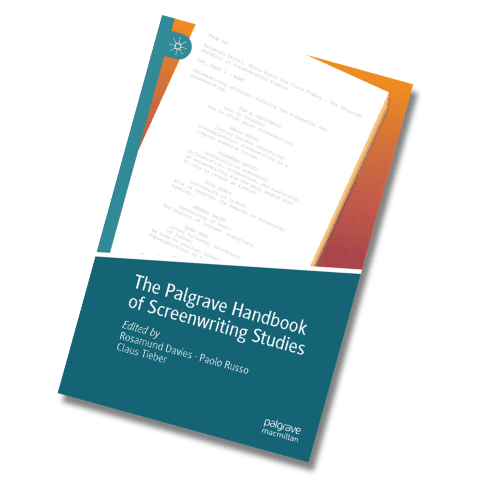Room 222E, Innis College, 2 Sussex Ave
Abstract
Characters are central to our engagement with narratives. In the context of film and television, character creation almost always begins with the screenplay: filmic characters are conceived in screenplays before they are incarnated by performers and born audiovisually in films. What kind of ontological status do these fictional creatures possess?
Since they are fictional, is it a simple contradiction in terms to think of characters as (in some sense) real? No: characters are at once imaginary and real. But not real as persons. Instead, characters exist — are real — as abstract artefacts, brought into being by screenwriters, filmmakers, and other fictioneers. They are abstract in the same sense that a theory, a concept, or indeed a story itself is an abstract entity. We can thicken the idea that “merely imagined” phenomena are nonetheless real by taking note of the social character of the imagining prompted by fictions. I conclude by considering the way in which screenplays and films can themselves probe the reality of fictional characters, via a brief exploration of Mahamat Saleh Haroun’s Bye Bye Africa (1999). (I revisit and elaborate on some of these themes in a recent blog, focussing on the traffic running between the real world and the worlds of fiction.)
Murray Smith is professor of philosophy, art, and film and director of the Aesthetics Research Centre at the University of Kent. A former president of the Society for Cognitive Studies of the Moving Image, his publications include Film, Art, and the Third Culture: A Naturalized Aesthetics of Film (Oxford University Press, 2017; revised paperback 2020) and Engaging Characters: Fiction, Emotion, and the Cinema (Oxford University Press, revised edition 2022).
Please note that the seminar room is only accessible by stairs due to major renovation activity at Innis College. Learn more about the construction project here.
Please write to cinema.studies@utoronto.ca with any questions about the event.

